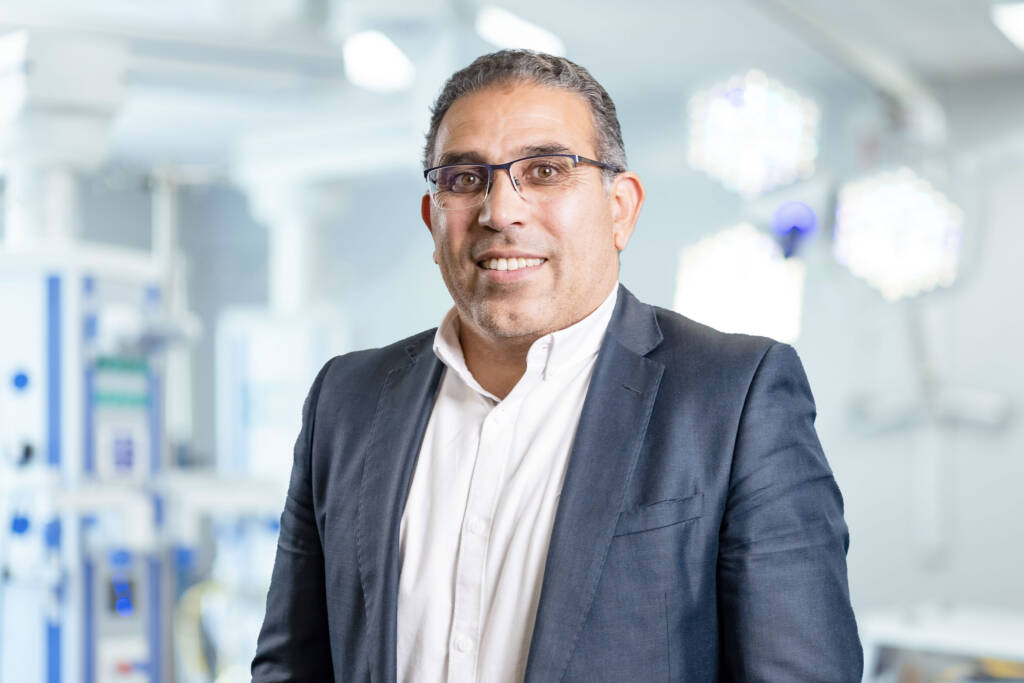
Mr Ashraf Abouharb
Minimally Invasive Spinal Surgery is a technique that allows surgeons to treat spinal problems using smaller incisions, reducing tissue damage and supporting faster recovery. Kingsbridge Hospital is the first and currently only provider to offer this minimally invasive surgery in Ireland.
If you have ongoing spinal pain, your GP will assess you and, if they think spinal surgery is right, give you a referral letter to see a specialist.
If you’re using health insurance
If you’re paying for treatment yourself or using a payment plan
Spinal Surgery costs vary depending on the procedure and your personal treatment plan. We’ll give you a clear price guide upfront and explain what’s included.
Flexible payment options are available to help spread the cost. Our team is here to answer questions and help you choose the best way to pay.
To make things easier, you can book a new consultation appointment online.
Quality care, wherever you are. Get directions to all our locations.
Minimally Invasive Spinal Surgery offers several advantages compared with traditional spinal surgery. Smaller incisions generally mean less pain after the procedure and a lower risk of infection. Recovery time is often quicker, allowing you to return to daily activities sooner. The procedure also helps reduce blood loss and limits damage to surrounding muscles and tissues.
These benefits make minimally invasive techniques a suitable option for many patients seeking effective spinal treatment with a faster recovery process.
At Kingsbridge, you’ll be in the expert hands of UK and Ireland’s top spinal surgery consultants.
Knowing what happens at each stage of minimally invasive spinal surgery can help you feel prepared and more at ease. Here’s what you can expect:
Before Surgery
You will have a consultation to assess your condition and discuss the procedure, risks, and expected outcomes. Pre-operative tests, such as blood work or imaging scans, may be required. Your surgeon will give instructions on medication, eating, and preparation for the day of surgery.
During Surgery
The surgery is performed under anaesthesia. Small incisions are made to access the affected area of the spine, and specialised instruments are used to correct the problem. Imaging guidance may assist the surgeon to ensure precision. The procedure usually takes less time than traditional open surgery.
After Surgery
You will be monitored as you recover from anaesthesia. Pain is managed with medication, and most patients can start gentle movement soon after surgery. Your surgeon will provide guidance on activity, physiotherapy, and follow-up appointments. Recovery is generally quicker than with open surgery, but you will need to follow advice carefully to support healing.